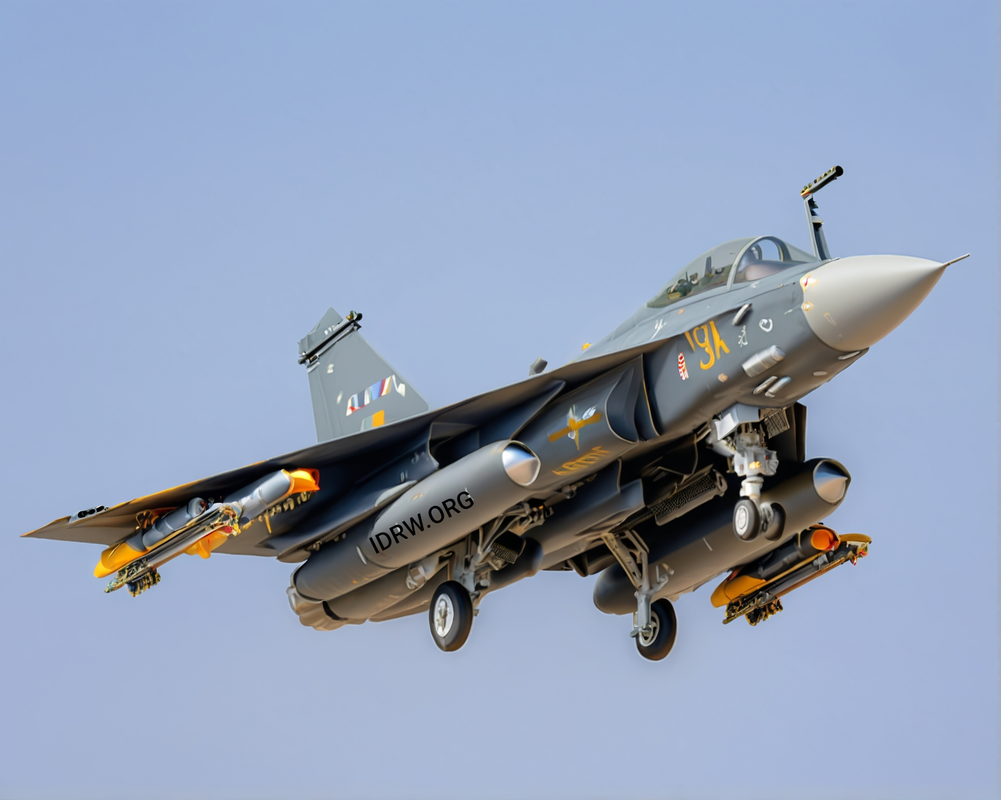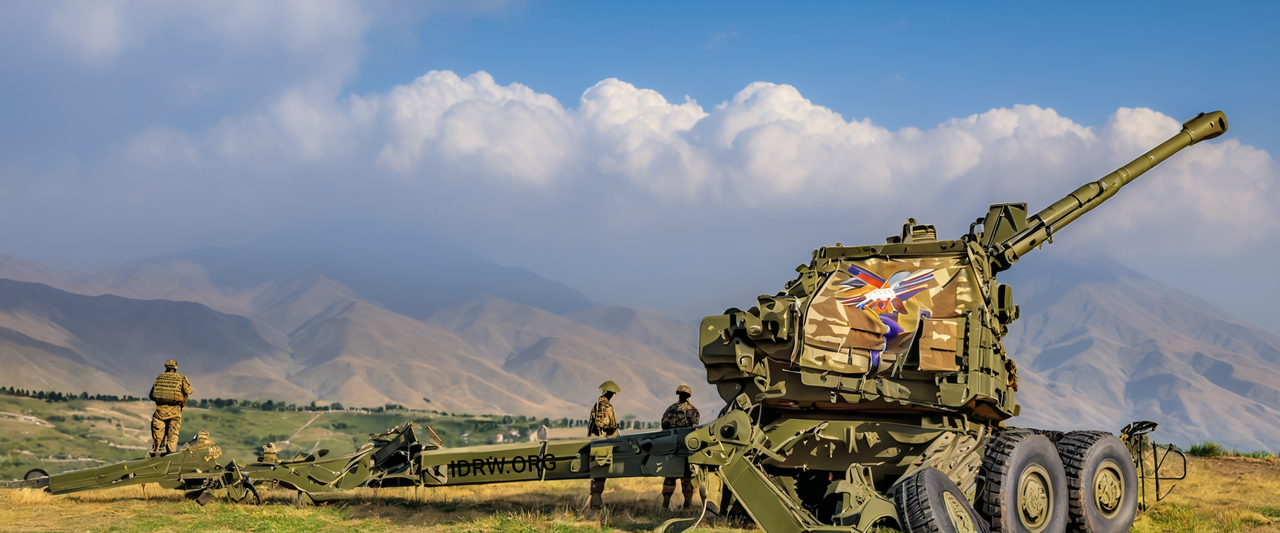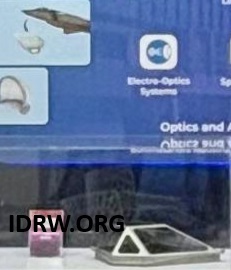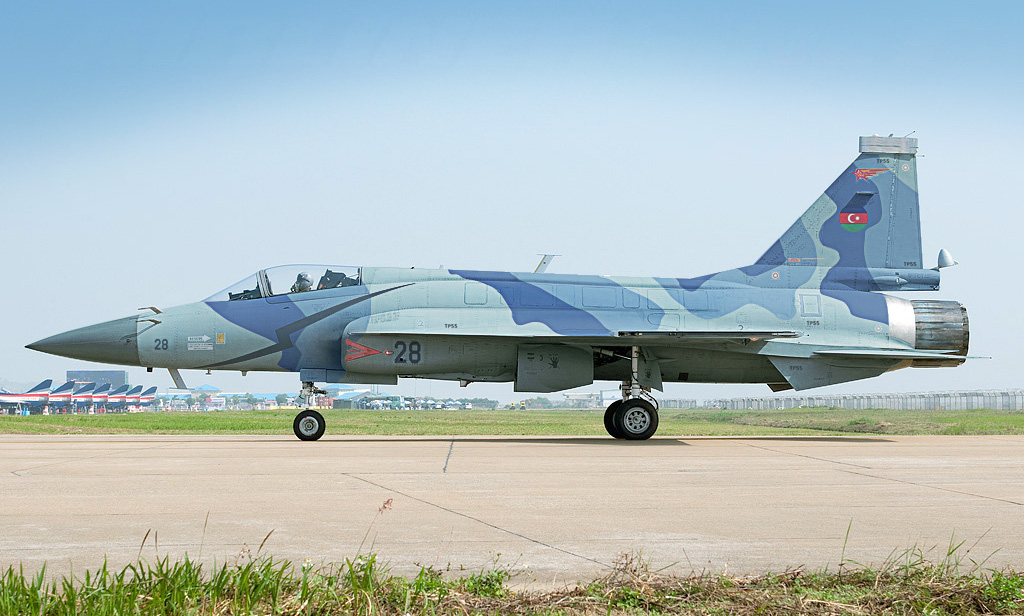SOURCE: RAUNAK KUNDE / NEWS BEAT / IDRW.ORG


The Indian Air Force (IAF) is adopting a proactive approach to maintain the operational effectiveness of its indigenously developed Tejas Mk1A fighter jets by implementing regular minor upgrades throughout the aircraft’s lifecycle. As the Tejas Mk1A enters the fleet in larger numbers, the IAF is focusing on periodic improvements every three years to ensure the aircraft remains relevant against evolving threats and technological advancements.
Given the rapid pace of technological changes, particularly in avionics, radar systems, and combat software, the IAF recognizes the need to address obsolescence more frequently. In modern fighter jets, the lifespan of technologies has shortened significantly, with the obsolescence cycle now reduced to just three years. To stay ahead, the IAF is planning incremental enhancements in both hardware and software.
Continue readingSOURCE: RAUNAK KUNDE / NEWS BEAT / IDRW.ORG


The Armenian Army has completed trials of six units of the Advanced Towed Artillery Gun System (ATAGS) 155mm/52 calibre towed guns, supplied by India in 2023. According to Armenian Army sources to idrw.org, the guns have cleared all operational tests conducted in various locations across the country.
The initial batch of six ATAGS guns was programmed with the Armenian language in the Trajectory Computation Module (TCM) as requested by the Armenian Army. Additionally, several other modifications were made to tailor the guns to the specific requirements of the Armenian military.
Continue readingSOURCE: AFI
COMBINEDOPERATIONSOFINSVIKRAMADITYAANDINSVIKRANTRGVB.jpg)

Last month, India’s indigenous aircraft carrier, INS Vikrant, joined the Western Fleet in a significant boost to the Indian Navy’s maritime capabilities. Now, the focus is on operational readiness as INS Vikrant prepares for a major exercise in the Arabian Sea.
According to the Western Naval Command, this upcoming exercise aims to simulate a real-world two-carrier tactical scenario. INS Vikrant will lead a Carrier Strike Group (CSG), a powerful warship formation typically comprising destroyers, frigates, and submarines working together to secure a specific area.
Continue readingSOURCE: AFI


Morocco has taken a significant step towards bolstering its military capabilities with the signing of an agreement with the Indian multinational conglomerate, Tata Motors. The agreement paves the way for the establishment of a manufacturing facility in Morocco that will produce the WHAP heavy 8×8 Infantry Fighting Vehicle (IFV).
In the initial phase, the Moroccan military plans to procure 150 units of the WHAP IFV. However, the long-term goal is to acquire a total of 400 more units of this advanced military vehicle. The WHAP IFV is intended to replace the older French-supplied VAB IFV version and the outdated AML-90/60 vehicles, modernizing the Moroccan military’s armored vehicle fleet.
Continue readingSOURCE: AFI


Sudarshan Techno Solution Pvt Ltd (STSPL), a leading drone technology company, has introduced a new 1 kg micro UAV designed for counter-insurgency operations and rapid deployment surveillance. This advanced drone offers exceptional capabilities and is well-suited for challenging environments.
The micro UAV can fly at altitudes of up to 4,500 meters above sea level, providing a wide range of operational flexibility. With an endurance of 45-50 minutes and an operational range of 5-7 kilometers, it can effectively gather intelligence and monitor areas of interest. The drone can operate in both tethered and non-tethered modes, offering versatility in deployment.
Continue readingSOURCE: AFI


India’s private sector has emerged as a key player in the country’s burgeoning defence export industry, with the BrahMos missile leading the charge in meeting global demand. According to Harpreet Sidhu, an analyst at GlobalData Aerospace, the private sector’s contributions to the development and export of advanced weapons platforms have significantly boosted India’s position as a major defence exporter.
The BrahMos missile, a joint venture between India and Russia, has garnered significant international interest. Its impressive capabilities and long-range capabilities have made it a sought-after weapon system. The missile’s success has not only boosted India’s defence exports but has also showcased the country’s technological prowess in the global market.
Continue readingSOURCE: IDRW.ORG


Bangalore-based Optics and Allied Engineering Pvt. Ltd.(Optica) has unveiled what appears to be a single sapphire housing designed to accommodate the Electro-Optical Targeting System (EOTS) for India’s Advanced Medium Combat Aircraft (AMCA) project. This development marks a significant step forward in enhancing the AMCA’s targeting capabilities and aligning the aircraft with global fifth-generation fighter standards.
The EOTS is a high-performance, lightweight, multi-functional system that provides precision air-to-air and air-to-surface targeting capabilities. Integrated into the front fuselage of the AMCA, the system will feature a durable sapphire window, known for its strength and resistance to damage. The sapphire housing will protect the sensitive targeting system while maintaining a low-drag, stealthy profile crucial for maintaining the aircraft’s stealth capabilities.
Continue readingSOURCE: IDRW.ORG TEAM


Saab India’s Marketing Director for Aeronautics, Rituraj Tyagi, has highlighted the Gripen E’s unique ability to remain relevant in the future through its continuous upgradeability. Tyagi emphasized that fighter aircraft should be adaptable to rapidly evolving technology and that the Gripen E has been designed to meet this challenge.
One of the Gripen E’s key features is the separation of software and hardware upgrades. This allows for independent modifications, ensuring that the aircraft can keep pace with advancements without requiring extensive changes to both systems. A small panel on the aircraft enables ground crews to easily load new software, including both mission-critical and flight-critical functions.
Continue readingSOURCE: AFI


Hamza Azhar Salam, founder and editor of The Pakistan Daily, recently spoke to the Institute for Development and Diplomacy (IDD) about Azerbaijan’s recent acquisition of Chinese JF-17C (Block-III) jets. Salam expressed confidence that these jets, equipped with PL-15E air-to-air missiles, would provide Azerbaijan with a significant air superiority advantage over Armenia’s Su-30SM fighter jets.
The JF-17C’s advanced AESA radar and PL-15E missiles, with a range of 145 kilometers, are expected to play a crucial role in neutralizing any aerial threats posed by Armenia. Salam highlighted the potential for Azerbaijan to dominate the airspace and maintain a strategic advantage.
Continue readingSOURCE: AFI


China has conducted surface-to-air missile tests on the Karakoram Plateau, close to the border with India. These tests, reported by the South China Morning Post (SCMP), took place even as diplomatic talks between the two countries were ongoing.
The missile tests involved successfully intercepting a subsonic cruise missile at an altitude of over 17,000 feet. China’s state media highlighted the test as a demonstration of its military prowess, showcasing its ability to neutralize advanced missiles that India might possess.
Continue readingSOURCE: AFI


Air Vice Marshal Manmohan Bahadur, in a recent column, has raised a crucial concern about India’s “Atmanirbharta” (Self-Reliant India) campaign. While commendable in its intention to reduce dependence on foreign suppliers, it should not come at the cost of compromising the fighting potential of the Indian armed forces.
The Vice Chief’s statement highlights a recurring issue in India’s defense sector: the tendency of research and development agencies to overpromise and underdeliver. The delays in the supply of Tejas Mk1A fighters and Apache helicopters are stark examples of this trend.
Continue readingSOURCE: AFI


Controp-Paras Technologies Private Limited, an associate company of Paras Defence and Space Technologies, has secured a significant order valued at approximately Rs 305 crore (excluding taxes) from Larsen & Toubro Limited (L&T). The order involves the manufacturing and supply of 244 units of the Sight-25HD Electro-Optics (EO) System, which will be integrated into L&T’s Close-In Weapon System (CIWS) program.
The Sight-25HD EO System is a high-performance targeting sight designed for installation on various vehicles and weapon stations. It offers a comprehensive suite of EO/IR sensors to effectively address diverse operational challenges and ensure accurate target acquisition and engagement.
Continue readingSOURCE: AFI


In a bid to meet its ambitious net-zero targets, India is planning to build a large fleet of small nuclear reactors (SNRs) to power hard-to-decarbonize industries like steel and cement. These reactors, a redesigned version of India’s 220-MW pressurized heavy water reactor (PHWR), are expected to play a crucial role in reducing the carbon footprint of these energy-intensive sectors.
The initiative, driven by requests from domestic heavy industries, aims to provide a clean and reliable energy source for sectors that have struggled to decarbonize. Anil Kakodkar, former chairman and current member of India’s Atomic Energy Commission, highlighted the growing interest from industry players in having captive nuclear power plants. “Sensitivity about carbon emissions has gone up,” he stated, “and companies whose emissions are hard to abate are particularly conscious of it, because it’s going to hurt them if they cannot bring down the carbon footprint of their products.”
Continue readingSOURCE: RAUNAK KUNDE / NEWS BEAT / IDRW.ORG


The induction of INS Arighat, India’s second nuclear-powered ballistic missile submarine (SSBN), has significantly enhanced the country’s nuclear triad. However, naval officials, speaking anonymously to idrw.org, have cautioned that India has yet to establish continuous at-sea deterrence, a strategic capability that ensures at least one SSBN is always on patrol, ready to launch a retaliatory nuclear strike.
The commissioning of INS Aridhaman, the third SSBN in the Arihant class, is expected to be a pivotal moment for India’s nuclear deterrence strategy. This submarine, with a 1000-ton additional displacement and codenamed S4, is scheduled to join the Navy in 2025. Aridhaman will allow India to achieve continuous at-sea deterrence, a coveted capability that requires at least one SSBN to be on patrol at all times.
Continue readingSOURCE: RAUNAK KUNDE / NEWS BEAT / IDRW.ORG


In a significant development aimed at enhancing the Indian Army’s capabilities, the military is currently engaged in discussions with the Defence Research and Development Organisation (DRDO) to develop a new UAV-Launched Precision Guided Missile (ULPGM) V3. The proposed missile, designed to be mounted on Light Motor Vehicles (LMVs), promises to provide infantry units with a potent weapon system for assaulting enemy positions.
The ULPGM V3, a successor to the already inducted ULPGM V1, is expected to offer a significantly increased range compared to its predecessor. While the V1 boasts a range of 4 kilometres, the V3 is likely to have a range of nearly 12 kilometres. This extended range will enable the missile to strike targets at a greater distance, enhancing the safety of troops.
Continue reading